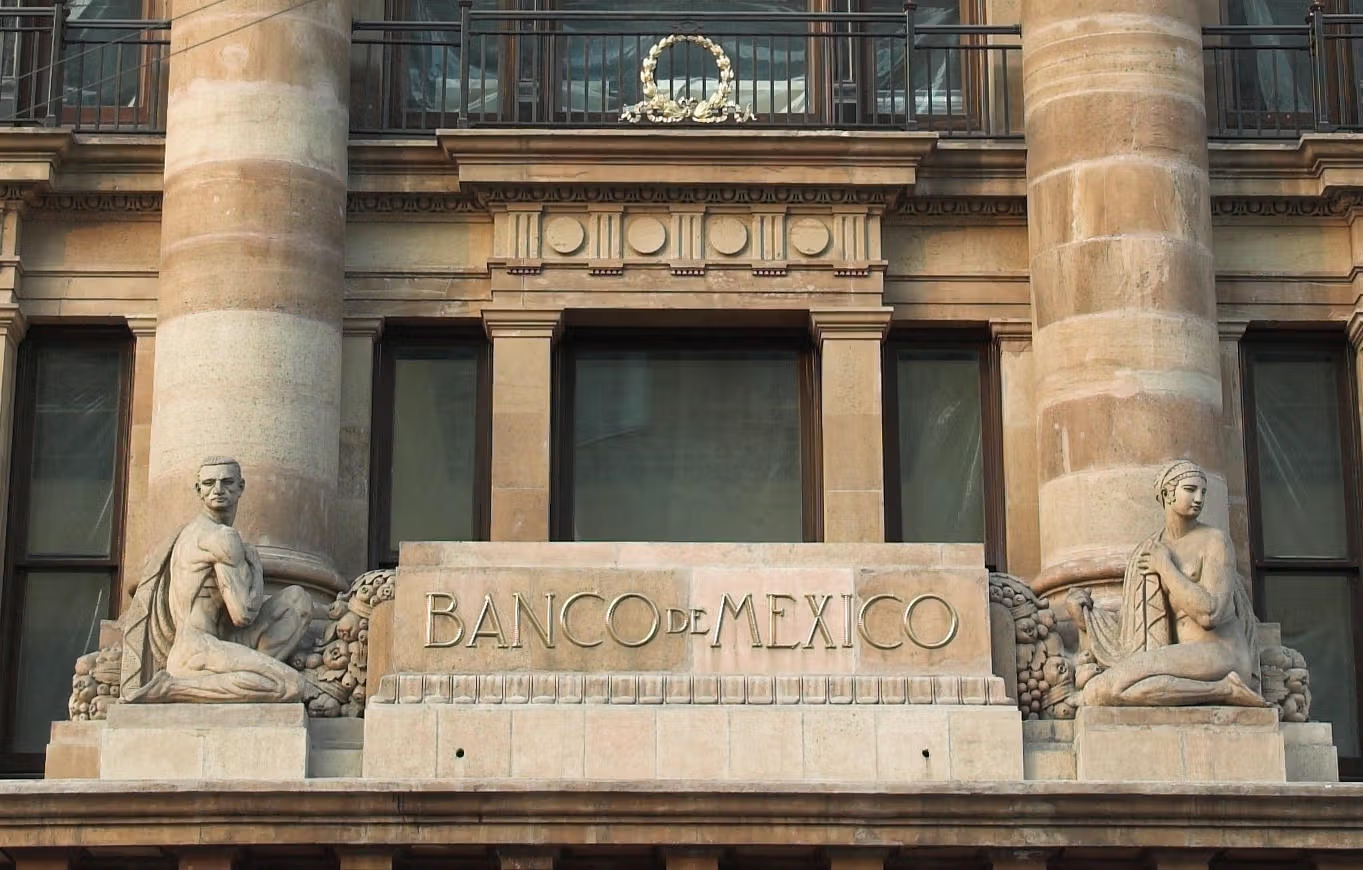By John Tamny
One of the most powerful drivers of Mexican economic growth is economic activity that takes place outside of Mexico. Specifically, economic activity within the United States. Stop and think about that. The previous truth exists as a thorough rejection of modern economic theory promoted by individuals within the Keynesian, monetarist, and Austrian schools.
Mexico receives an estimated $63 billion worth of remittances from U.S. workers annually. The impact of remittances on Mexico’s economy is greater than both oil and tourism.
To the Keynesians, the obvious question to ask is why government spending in Mexico isn’t the biggest driver of growth? After all, Keynesians claim government spending is the source of substantial demand, and they actually have crafted a fraudulent number (GDP) to promote the falsehood that government spending powers economic growth.
But for one problem: governments can only spend insofar as they have taxable access to the actual production of their citizenry. And there’s not substantial production in Mexico to tax since so many of their most productive citizens are working in the United States. So no, governments can in no way increase economic growth with spending. Their spending is an effect of growth as Mexico reveals. Demand is a consequence of production, and the production enabling demand takes place in substantial amounts outside of Mexico. The basic premise of Keynesianism rejected.
Moving to Austrians, they claim central banks enable limitless government care of so-called “money printing.” Which is the market focused Austrians unwittingly claiming markets are rather stupid, that the “printing” of any monetary medium is the same as spending. Apparently Banco de Mexico, Mexico’s central bank, missed this memo about the mass production of pesos. The basis for such a claim can be found in the fact that U.S. dollars earned stateside enable such substantial demand in Mexico.

If it were true what Austrians imagine, that central banks enable government spending without limit, then it would be true per Keynesian theory that the Mexican government would yet again be the biggest source of economic sustenance for Mexico’s economy, by far. But for one problem: governments have no resources, which means they have no demand. They can demand that central banks print with abandon, but they can’t demand that producers of goods, services, and labor accept what’s printed.
Which means so-called “money printing” by central banks in no way enables unlimited government precisely because demand can’t be printed. Demand is an effect of production, which explains yet again the circulation of dollars in Mexico, and that circulate there based on production outside of Mexico. The basic premise of neo-Austrian thought rejected.
On to monetarism, its most prominent modern adherent (Johns Hopkins professor Steve Hanke) has been predicting recession for a couple of years now with his academic partner (John Greenwood) based on the Fed not embracing what they describe as a “golden growth” rate of so-called “money supply” that they see as 6 percent.
Much like other economic schools, monetarism imagines that governments have resources that they can “supply” at a centrally planned rate on the way to economic nirvana. Except that they can’t. Contra Hanke et al, money is not an instigator. As we see with Mexico, money is an effect of production. Channeling the most famous monetarist of all (Milton Friedman), who admitted late in life that monetarism was bogus, money that actually circulates is always and everywhere an effect of production, not an instigator. In other words, production stateside is one of the biggest drivers of Mexican economic growth, not central planners at central banks abiding “golden growth” rates of so-called “money supply” devised by economists.
What does it all mean? It means what common sense says it does: production is the only source of growth. Nothing else, but for one thing: monetarism and neo-Austrian thought aren’t rejections of Keynesianism, rather they’re variants of it.
The views and opinions expressed in this article are those of the author and do not necessarily reflect the official policy or position of Censational Market.

